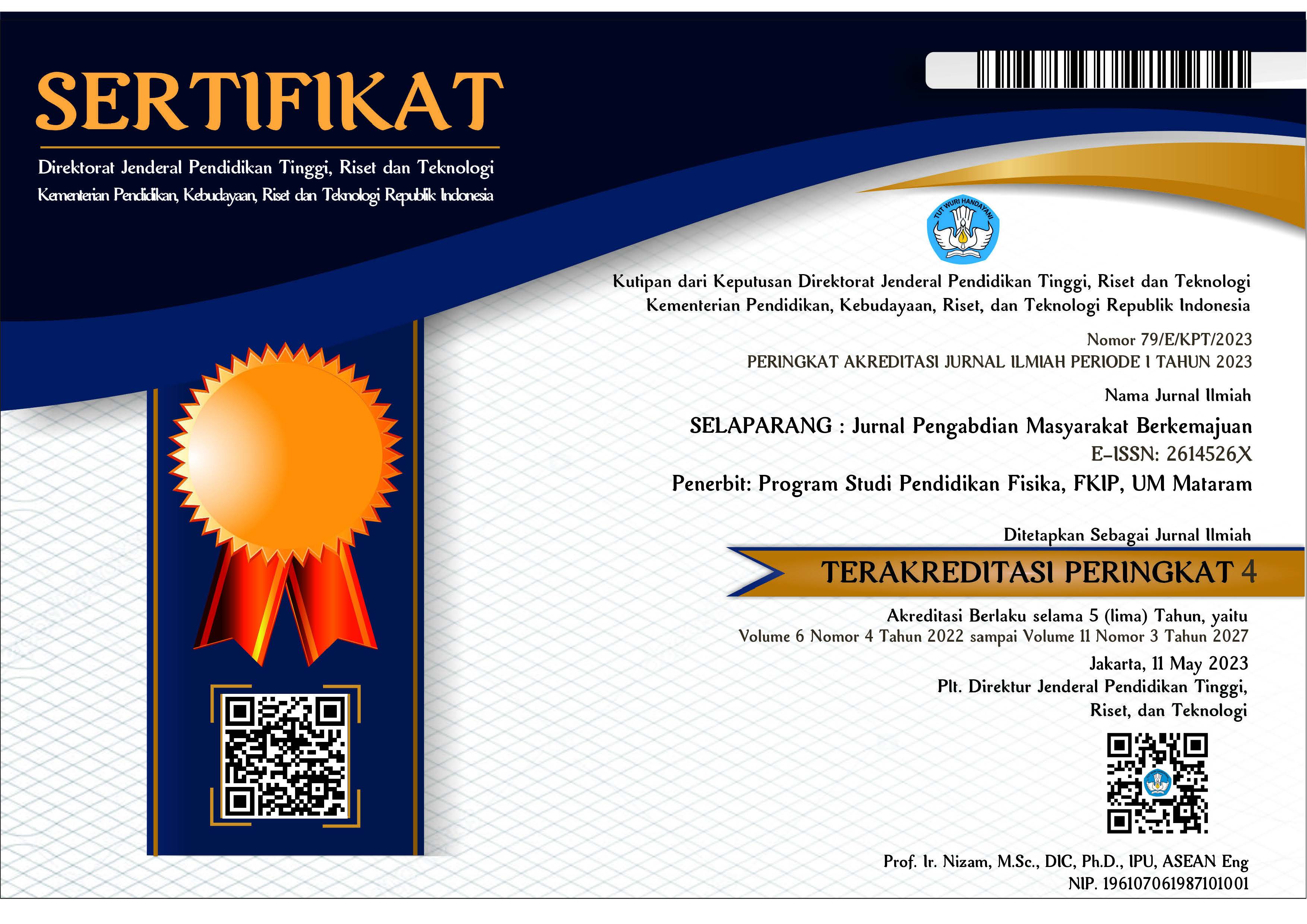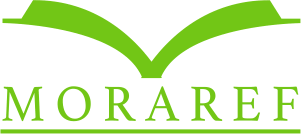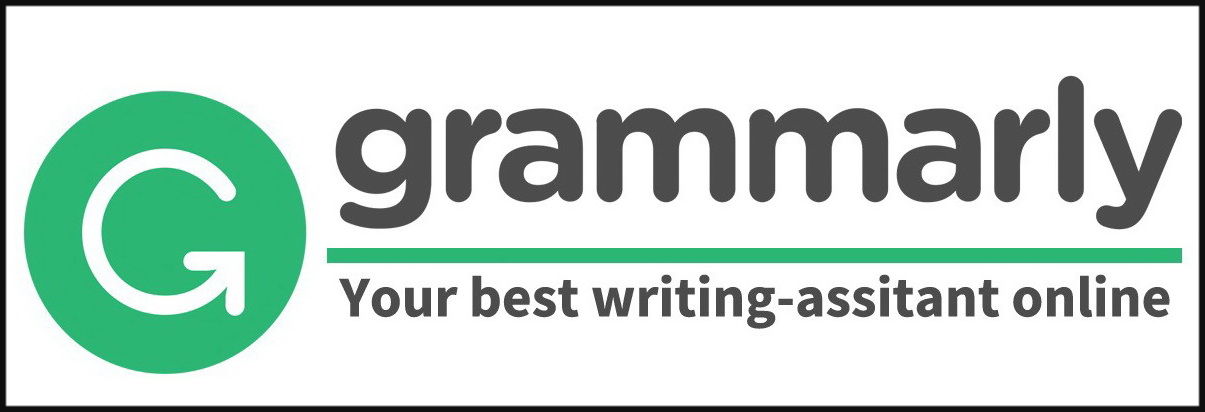Peningkatan pengetahuan tentang SNOMED-CT dan ICD-10 bagi tenaga perekam medis dan informasi kesehatan
Abstract
Abstrak
Penggunaan SNOMED-CT dan ICD-10 bagi tenaga perekam medis dan informasi kesehatan dalam pengkodean penyakit menjadi tantangan bagi tenaga perekam medis dan informasi Kesehatan (PMIK) menimbulkan tantangan baru. Program ini dirancang sebagai solusi atas masalah yang dihadapi oleh tenaga PMIK dalam menjalankan tugasnya. Tujuan pengabdian masyarakat ini adalah untuk meningkatkan pemahaman terkait tantangan dan manfaat penggunaan SNOMED-CT dan ICD-10 bagi tenaga perekam medis dan informasi kesehatan, serta memberikan kompetensi tambahan yang diharapkan bisa dicapai melalui kegiatan ini. Pengabdian masyarakat dilakukan melalui metode ceramah yang dilanjutkan dengan diskusi kasus. Acara ini dilaksanakan pada hari Sabtu, 28 September 2024, di Hotel Zest Sukajadi, Kota Bandung. Kegiatan ini dihadiri oleh 280 peserta, dengan 37 peserta mengikuti secara langsung, yakni mahasiswa tingkat 3 program rekam medis dan informasi kesehatan Universitas Santo Borromeus tahun ajaran 2023/2024, serta 243 peserta mengikuti secara daring, terdiri dari tenaga perekam medis dan informasi kesehatan yang tersebar di berbagai daerah. Berdasarkan hasil pengukuran, nilai rata-rata pengetahuan sebelum kegiatan pengabdian adalah 73,35 dan meningkat menjadi 91,36 (24,55%) setelah program. Implementasi SNOMED-CT sebagai pengganti ICD-10 memerlukan berbagai pertimbangan, termasuk kesiapan sumber daya manusia, kesiapan organisasi layanan kesehatan, dan teknologi yang mendukung penerapan SNOMED-CT.
Kata kunci: ICD-10; kodifikasi penyakit; perekam medis dan informasi kesehatan; SNOMED-CT.
Abstract
Using SNOMED-CT and ICD-10 for medical recorders and health information workers in disease coding has created new challenges. This program is designed as a solution to the problems faced by PMIK personnel in carrying out their duties. The purpose of this community service is to increase understanding of the challenges and benefits of using SNOMED-CT and ICD-10 for medical recorders and health information workers and provide additional competencies that are expected to be achieved through this activity. The community service was conducted through a lecture method followed by a case discussion. This event was held on Saturday, September 28, 2024, at Zest Hotel Sukajadi, Bandung City. This activity was attended by 280 participants, with 37 participants participating in person, namely 3rd-year students of the medical records and health information program at Santo Borromeus University in the 2023/2024 academic year, and 243 participants participating online, consisting of medical recorders and health information workers spread across various regions. Based on the measurement results, the average knowledge score before the intervention was 73.35 and increased to 91.36 after the intervention. Implementing SNOMED-CT as a replacement for ICD-10 requires various considerations, including the readiness of human resources, the preparedness of health service organizations, and the technology that supports the implementation of SNOMED-CT.
Keywords: ICD-10; disease codification; medical recorder and health information; SNOMED-CT.
Keywords
Full Text:
PDFReferences
Allones, J. L., Martinez, D., & Taboada, M. (2014). Automated Mapping of Clinical Terms into SNOMED-CT. An Application to Codify Procedures in Pathology. Journal of Medical Systems, 38(10), 134. https://doi.org/10.1007/s10916-014-0134-x
Chang, E., & Mostafa, J. (2021). The use of SNOMED CT, 2013-2020: A literature review. Journal of the American Medical Informatics Association: JAMIA, 28(9), 2017–2026. https://doi.org/10.1093/jamia/ocab084
Cui, L., Zhu, W., Tao, S., Case, J. T., Bodenreider, O., & Zhang, G.-Q. (2017). Mining non-lattice subgraphs for detecting missing hierarchical relations and concepts in SNOMED CT. Journal of the American Medical Informatics Association: JAMIA, 24(4), 788–798. https://doi.org/10.1093/jamia/ocw175
Fu, M., Yan, Y., Olde Loohuis, L. M., & Chang, T. S. (2023). Defining the distance between diseases using SNOMED CT embeddings. Journal of Biomedical Informatics, 139, 104307. https://doi.org/10.1016/j.jbi.2023.104307
Fung, K. W., Xu, J., Brear, H., Lane, A., Lau, M., Wong, A., & D’Havé, A. (2024). Promoting interoperability between SNOMED CT and ICD-11: Lessons learned from the pilot project mapping between SNOMED CT and the ICD-11 Foundation. Journal of the American Medical Informatics Association, 31(8), 1631–1637. https://doi.org/10.1093/jamia/ocae143
Fung, K. W., Xu, J., Rosenbloom, S. T., & Campbell, J. R. (2019). Using SNOMED CT-encoded problems to improve ICD-10-CM coding-A randomized controlled experiment. International Journal of Medical Informatics, 126, 19–25. https://doi.org/10.1016/j.ijmedinf.2019.03.002
Gold, S., Zhang, T., Zhu, R. L., Hong, S., Lehmann, H. P., Gabriel, D., … Chute, C. G. (n.d.). ICD10–SNOMED mapping pitfalls: Post-coordinated expressions and concept sets – OHDSI. Retrieved October 8, 2024, from https://www.ohdsi.org/2022showcase-21/
Horsky, J., Drucker, E. A., & Ramelson, H. Z. (2017). Accuracy and Completeness of Clinical Coding Using ICD-10 for Ambulatory Visits. AMIA ... Annual Symposium Proceedings. AMIA Symposium, 2017, 912–920.
Kathy, G., & Jane, M. (2012). Mapping SNOMED CT to ICD-10. Studies in Health Technology and Informatics, 180. Retrieved from https://pubmed.ncbi.nlm.nih.gov/22874157/
Khorrami, F., Ahmadi, M., & Sheikhtaheri, A. (2018). Evaluation of SNOMED CT Content Coverage: A Systematic Literature Review. Studies in Health Technology and Informatics, 248, 212–219.
Liang, F.-W., Wang, L.-Y., Liu, L.-Y., Li, C. Y., & Lu, T.-H. (2020). Physician code creep after the initiation of outpatient volume control program and implications for appropriate ICD-10-CM coding. BMC Health Services Research, 20(1), 127. https://doi.org/10.1186/s12913-020-5001-5
Repka, M. X., Cotter, S. A., Beck, R. W., Kraker, R. T., Birch, E. E., Everett, D. F., … Pediatric Eye Disease Investigator Group. (2004). A randomized trial of atropine regimens for treatment of moderate amblyopia in children. Ophthalmology, 111(11), 2076–2085. https://doi.org/10.1016/j.ophtha.2004.04.032
Roberts, L., Cooper, C., & Chipman, L. (2023). The impact of SNOMED CT on clinical coding quality and productivity. British Journal of Healthcare Management, 29(11), 290–301. https://doi.org/10.12968/bjhc.2022.0135
SNOMED International. (n.d.). Retrieved October 8, 2024, from SNOMED International website: https://www.snomed.org
Thun, S., & Dewenter, H. (2018). [ICD-11, ICHI and SNOMED CT-What do the standards mean for eHealth applications?]. Bundesgesundheitsblatt, Gesundheitsforschung, Gesundheitsschutz, 61(7), 812–820. https://doi.org/10.1007/s00103-018-2759-2
Tsopra, R., Peckham, D., Beirne, P., Rodger, K., Callister, M., White, H., … Wyatt, J. C. (2018). The impact of three discharge coding methods on the accuracy of diagnostic coding and hospital reimbursement for inpatient medical care. International Journal of Medical Informatics, 115, 35–42. https://doi.org/10.1016/j.ijmedinf.2018.03.015
World Health Organization. (n.d.). International Classification of Diseases (ICD) Information Sheet.
DOI: https://doi.org/10.31764/jpmb.v8i4.27137
Refbacks
- There are currently no refbacks.

This work is licensed under a Creative Commons Attribution-ShareAlike 4.0 International License.
______________________________________________________
Jurnal Selaparang
p-ISSN 2614-5251 || e-ISSN 2614-526X
EDITORIAL OFFICE:



















